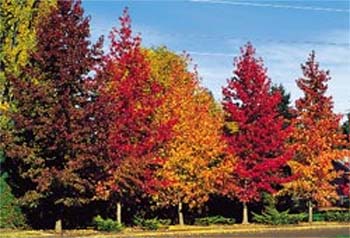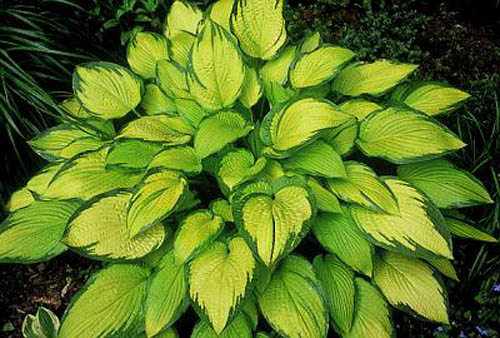September is a transition month, not quite Fall but no longer Summer. Here in Zone 5 in Southwestern Michigan, the Summer flowers have seen better days while the Fall asters and toad lilies have not yet started to bloom. We always use this time to evaluate our gardens, to see what worked and what did not. September is also when we decide what changes we want to make in our gardens. If you are like us, there is always something new to try or do differently. This is the time of year my wife guards her lawn as a mother hen guards her chicks as it seems to disappear as if by magic. This leads us into this month’s topic, “New Garden Site Preparation.”
We always start in late summer to prepare next season’s new bed sites. Since this is usually a slow time of year, it allows us to spend the time we need on this important function. Good soil is the basis on which all successful gardens are built. We view top quality soil as relatively dark in color, active in microorganisms, plant nutrients, organic matter, and a pH between 5.5 and 7.5. Since a garden is usually in place for many years, it’s vital that the soil be properly prepared before planting.
The first step, once you have selected a site, is to have your soil tested. You need to know the strength and weaknesses of the soil you are starting with. Your local Extension Agent can help you obtain soil test forms and instructions. The test result will be your guide for all future work.
If the results of your test suggest adding lime, now is the time to do it. Often we have heard people say that they will add lime later as a top dressing like they do on their lawns. Gardens are different from lawns, apply the lime “Now” and “Work it in Deeply.” Having the proper pH is critical for plants to absorb the nutrients they need.
The next amendment you want to look at is organic matter. Your soil should contain at least 5% organic matter. Work in at least 3 – 4 inches of compost or well-rotted manure. Till the organic matter into a minimum depth of six inches. Surface application of organic matter does very little for new soil. By preparing beds in September, you can incorporate yard waste such as leaves, crop residues, straw, or similar items as they will decompose during the fall and winter.
If your soil test recommends the addition of other nutrients, we like to add them at this time. This is a personal preference of ours and you could wait until actual planting if you like. This is one area where we like to use chemical fertilizers as a source of nutrients. We feel they allow us to more accurately control the application that translates into stronger plant growth. Remember, this is probably the last time you can work the soil so thoroughly.
Just how deep you should till the soil is a hard question to answer. With our heavy clay soils we cannot work the soil deep enough. Six inches is the bare minimum with 12 – 18 inches preferred. If you are planning to plant deep-rooted plants, you may have to go even deeper. This is another reason we like to start new beds in September as we have the time to work the soil to its maximum.
Once we have the soil thoroughly tilled, we like to work in an additional one inch of organic matter and plant a cover crop of rye grass or buckwheat. This protects the soil from wind and water erosion and adds organic matter. These cover crops called “Green Manures” are usually tilled into the soil two to three weeks before planting.
Take your time while preparing a new bed, work everything in thoroughly and deeply, and protect your investment with a cover crop. The time you invest now preparing the soil will produce years of strong healthy plants. In future issues we will talk about extreme soil conditions such as rocky or heavy clay which take some special treatment. Again, take your time and do it right, as once the plants are in, it is very hard to make corrections.



